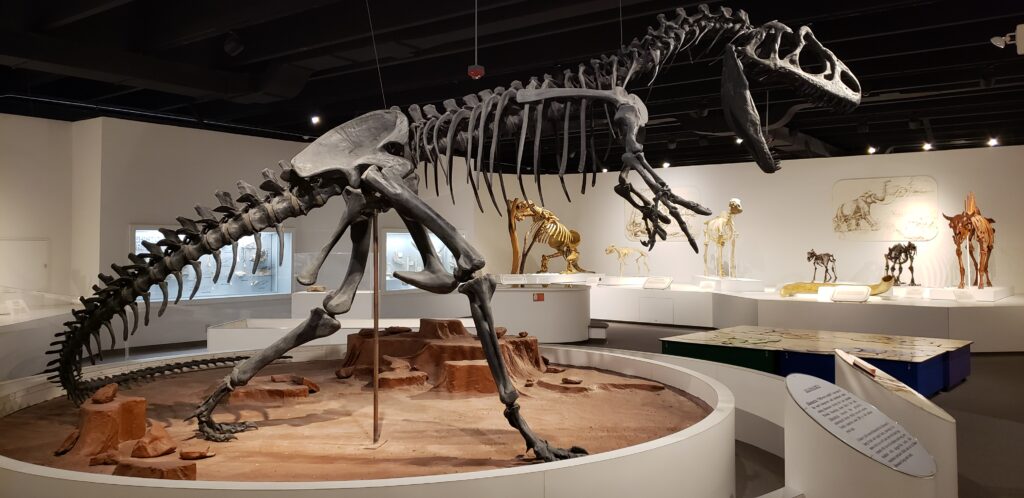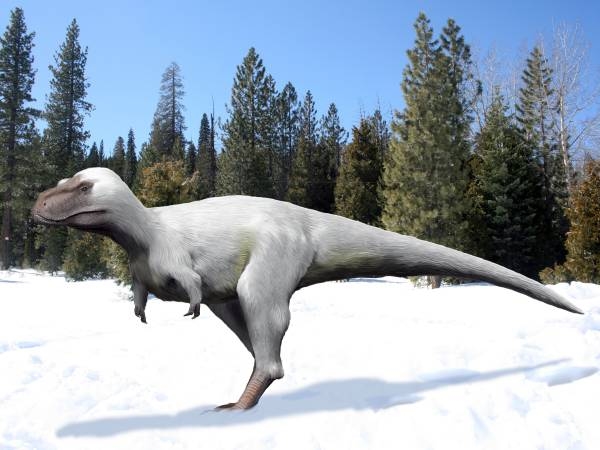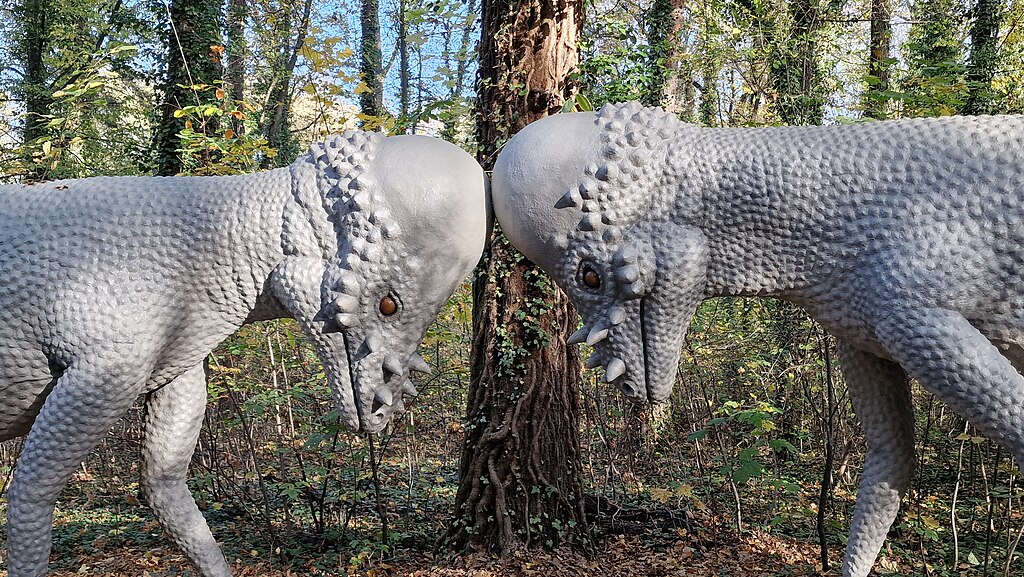In the realm of paleontology, scientific rigor and meticulous documentation are paramount. The naming of fossils follows strict protocols established by the International Commission on Zoological Nomenclature (ICZN), ensuring that each discovery is properly cataloged in the scientific record. However, there exists a fascinating case that broke these conventions – a fossil with a fabricated name that sent ripples through the scientific community. This remarkable story demonstrates how even the most structured scientific disciplines can sometimes fall victim to human error, deception, or misunderstanding, leading to consequences that echo through decades of research.
The Discovery That Started It All
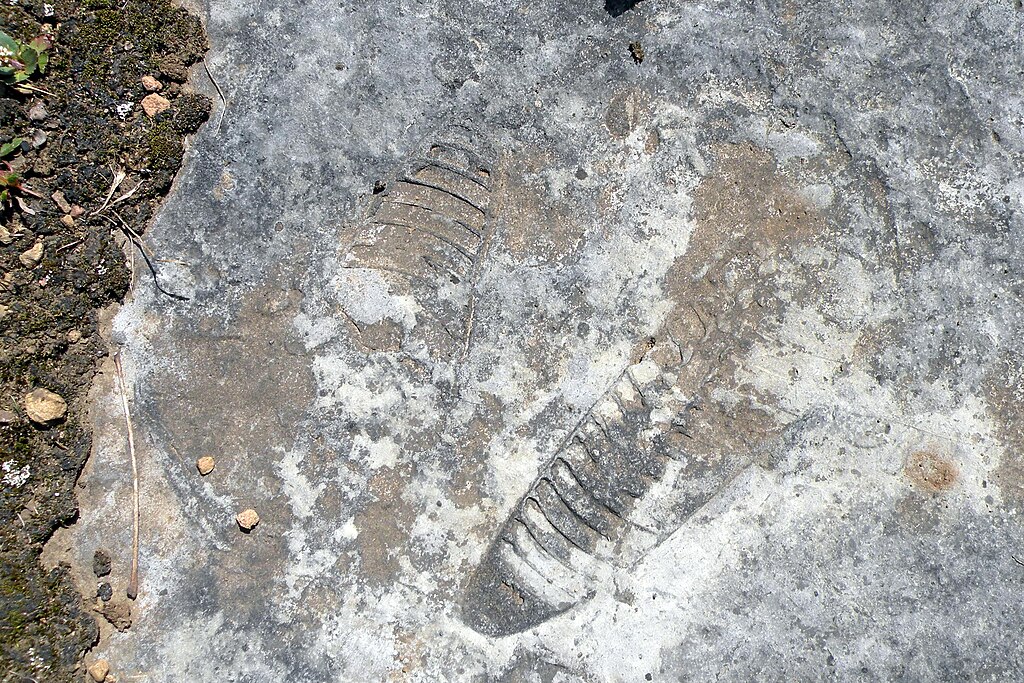
The tale begins in the early 1900s when fossil hunting had captured public imagination and scientific attention alike. During this golden age of paleontological discovery, numerous expeditions scoured remote regions of the world in search of evidence of prehistoric life. It was during one such expedition in 1912 that researchers claimed to have discovered an unusual fossil in a limestone formation. The specimen appeared to bridge evolutionary gaps between known species, making it potentially groundbreaking. What made this discovery particularly noteworthy wasn’t just its purported scientific significance, but the subsequent controversy surrounding its taxonomic designation that would only come to light years later.
The Naming Process in Paleontology

Before delving deeper into this specific case, it’s essential to understand how fossils are typically named. Paleontologists follow the binomial nomenclature system established by Carl Linnaeus in the 18th century, assigning each specimen a genus and species name, usually derived from Latin or Greek roots that describe a physical characteristic or honor a person or place. For a name to be valid, it must be published in a peer-reviewed scientific journal with a proper description and designation of a type specimen. The process also requires adherence to the ICZN’s rules, which prevent duplicate names and ensure proper documentation. This structured approach creates a universal language that allows scientists worldwide to discuss and categorize discoveries consistently.
The Controversial Classification
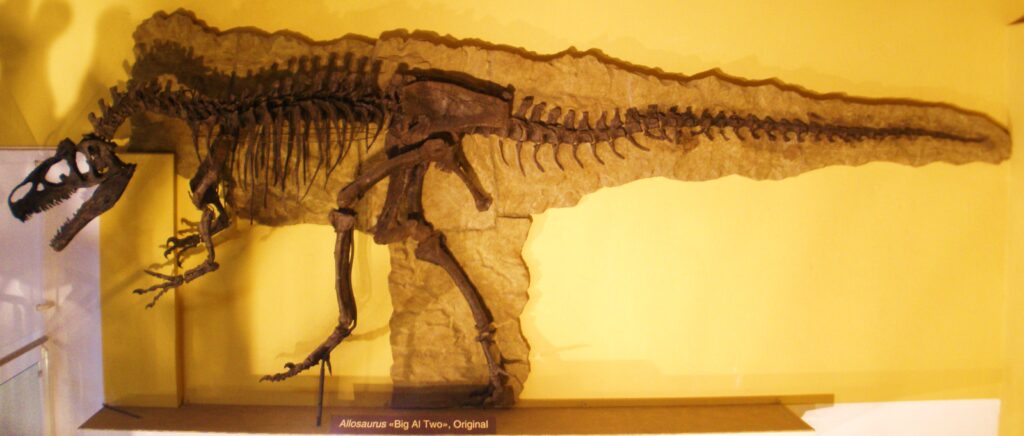
In our case study, the fossil was assigned a scientific name that appeared to follow conventional naming practices, composed of Latin-sounding terms that suggested its evolutionary significance. Published in a respected journal of the time, the name was accompanied by detailed illustrations and descriptions that seemed to authenticate its discovery. The scientific community initially accepted this classification, incorporating the specimen into existing evolutionary frameworks and taxonomic hierarchies. Several papers were subsequently published that referenced this fossil, cementing its place in the scientific literature. The name became cited in textbooks and museum displays, gaining an air of legitimacy through repetition and widespread acceptance despite its questionable origins.
The Revelation of Fabrication
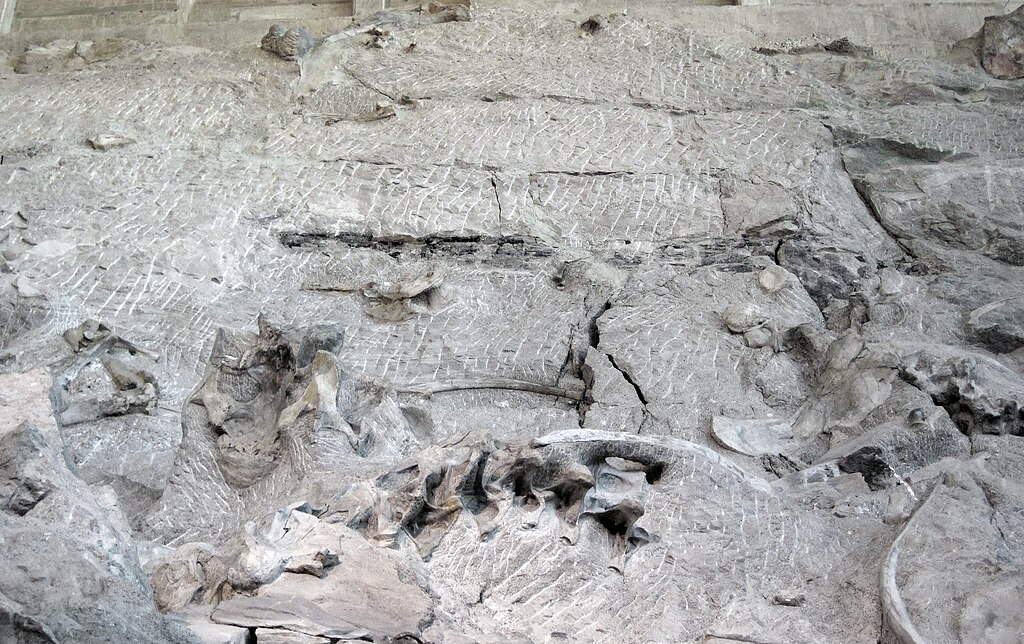
The truth began to emerge decades after the initial publication when a meticulous researcher noticed inconsistencies in the original description. Upon closer examination of the type specimen, several red flags appeared that called the fossil’s authenticity into question. The researcher discovered that the etymology of the scientific name didn’t follow standard Latin or Greek derivations but was instead a cleverly disguised anagram or inside joke. Further investigation revealed that certain anatomical features described in the original paper couldn’t be verified in the actual specimen. These discrepancies prompted a comprehensive review that ultimately exposed the uncomfortable truth: the name had been deliberately fabricated, either as a hoax or due to academic misconduct.
Motivations Behind the Deception

Understanding why someone would create a fictional fossil name requires examining the complex motivations that drive scientific misconduct. In some cases, the pressure to publish groundbreaking research can lead researchers to cut corners or embellish findings. The academic environment of the early 20th century was highly competitive, with career advancement often depending on notable discoveries. Personal rivalries between competing researchers sometimes resulted in rushed publications with inadequate peer review. There were also instances where practical jokes or coded messages were intentionally inserted into scientific literature as a form of intellectual mischief. Whatever the specific motivation in this case, the fabricated name reflects the very human elements that can influence even the most objective scientific endeavors.
Similar Cases Throughout Scientific History
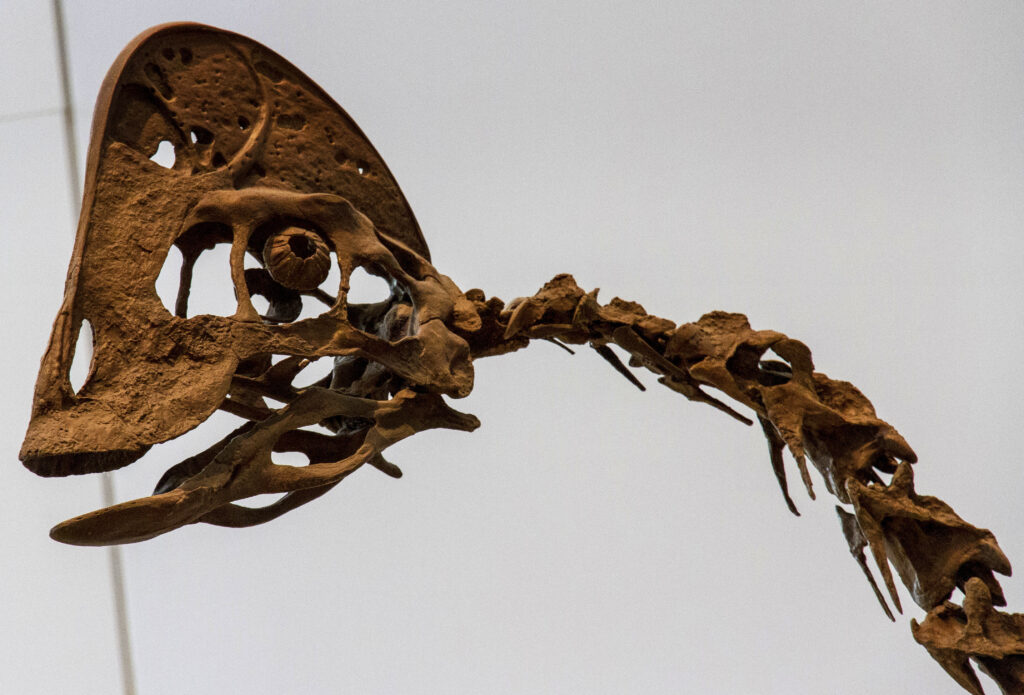
This case is not unique in the annals of scientific nomenclature. Throughout history, there have been several instances of unusual or inappropriate taxonomic names that slipped past peer review. Some researchers have hidden messages in scientific names, like the entomologist who named beetles with anagrams of his girlfriend’s name. Others have used taxonomy to insult colleagues, such as naming parasitic organisms after academic rivals. Modern examples include species named after celebrities or fictional characters, though these are legitimate if whimsical designations rather than fabrications. What sets our case apart is the deliberate misrepresentation that led to decades of scientific confusion and the subsequent effort required to correct the record.
The Detection and Verification Process
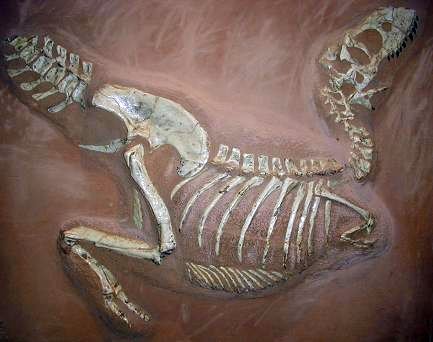
Uncovering the truth about this fabricated name involved sophisticated investigative techniques that blend traditional scholarship with modern technology. Researchers began by reexamining the type specimen using advanced imaging methods not available when it was first described, revealing discrepancies between the published illustrations and the actual fossil. Linguistic analysis of the scientific name exposed its non-classical origins, contradicting standard naming conventions. Historical detective work through archives uncovered correspondence that cast doubt on the discoverer’s claims and methodology. DNA analysis of the specimen, when possible, provided further evidence that conflicted with the original classification. This multidisciplinary approach ultimately built an irrefutable case that the name had been intentionally fabricated rather than resulting from honest error.
The Impact on Scientific Literature
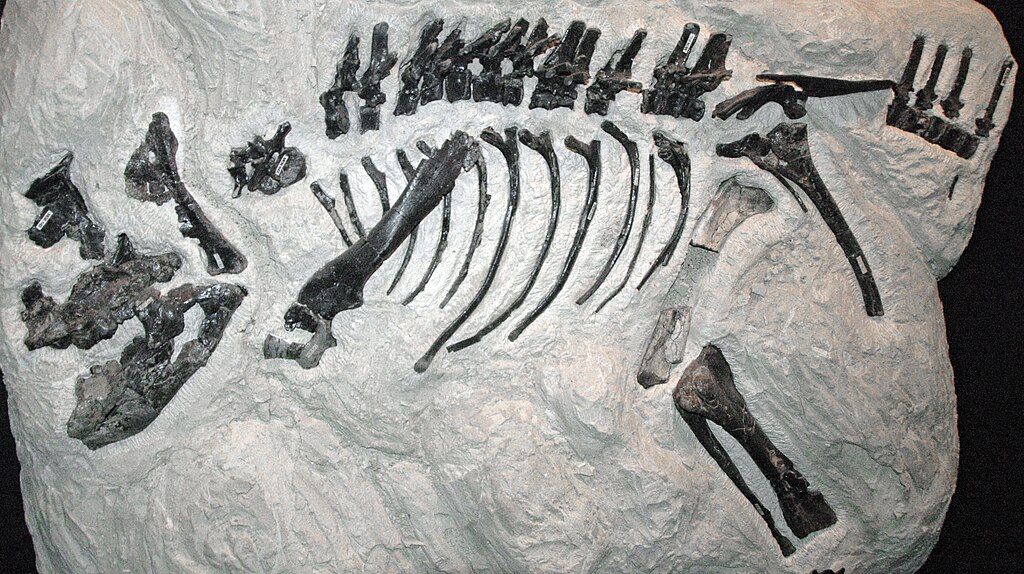
The ripple effects of a fabricated fossil name extend far beyond the initial deception, creating lasting complications in scientific literature. Dozens of subsequent papers had cited the specimen, incorporating it into evolutionary theories and comparative analyses. Textbooks had reproduced their description and significance, spreading the misinformation to generations of students. Museum collections worldwide had labeled similar specimens according to the invalid taxonomy, creating a web of misclassification. The process of correcting these cascading errors required publishing formal retractions, issuing corrections to major references, and notifying institutions worldwide. Even with these efforts, older publications remain in circulation, potentially perpetuating the error despite being officially invalidated.
The Validation Process
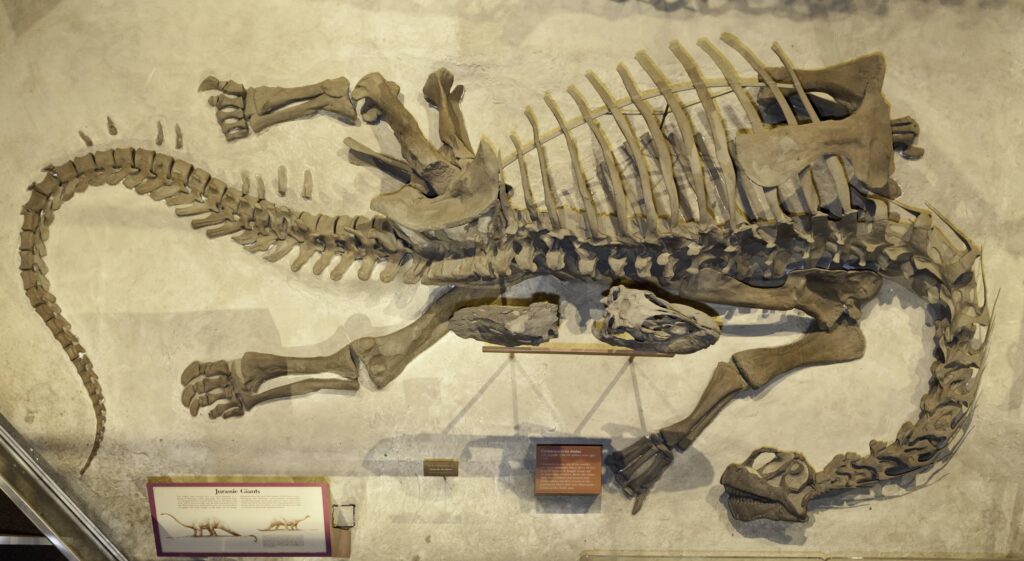
Officially invalidating a scientific name follows a rigorous protocol established by the International Commission on Zoological Nomenclature. The process begins with publishing a detailed paper demonstrating the evidence against the name’s validity, including proof of fabrication or serious taxonomic errors. This is followed by a formal petition to the ICZN requesting that the name be declared a nomen nudum (naked name) with no standing in zoological nomenclature. The commission then reviews the evidence, sometimes soliciting input from experts in the field, before issuing an official ruling. If upheld, the name is added to the Official Index of Rejected and Invalid Names in Zoology, effectively removing it from scientific use. This comprehensive process ensures that scientific nomenclature maintains its integrity despite occasional aberrations.
Lessons for Modern Paleontology

This historical case has provided valuable lessons that have strengthened modern paleontological practices. Today’s naming protocols include more rigorous verification steps, including digital imaging of specimens from multiple angles to prevent misrepresentation. Peer review processes have been enhanced to include etymology checks that verify the linguistic validity of proposed names. Many journals now require access to the type specimen for independent examination before publication of new taxa. DNA analysis, when possible, provides additional confirmation of taxonomic relationships beyond morphological features. Perhaps most importantly, the culture of science has evolved to emphasize reproducibility and transparency, reducing the likelihood of similar deceptions persisting undetected for extended periods.
The Ethical Considerations
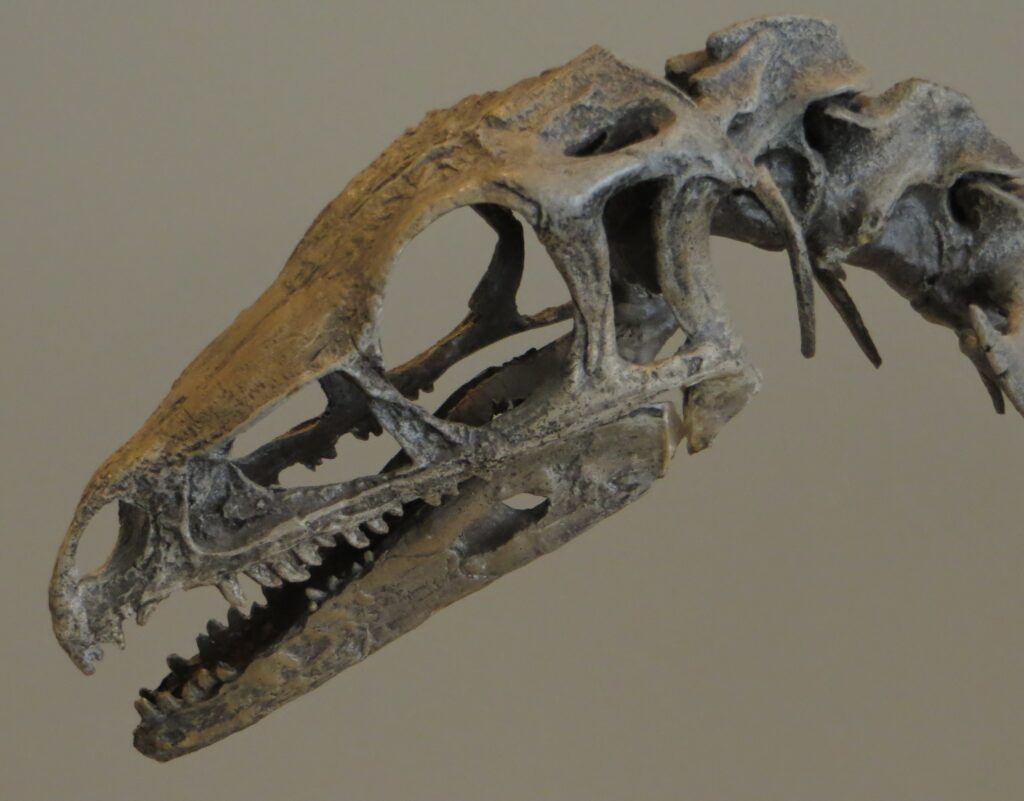
This case raises profound ethical questions about scientific practice and the responsibility of researchers to maintain integrity. The deliberate introduction of false information into the scientific record violates the fundamental trust upon which collective knowledge advancement depends. It highlights the tension between individual recognition and the collaborative nature of science, where personal gain sometimes conflicts with communal progress. Questions about appropriate consequences for such deception remain contentious, as does the matter of how to credit those who uncover misconduct. The story also demonstrates the ethical complexity of correcting the scientific record when errors are discovered, balancing the need for accuracy against potential damage to careers and institutions. Modern scientific ethics committees now regularly address these issues, developing guidelines that promote integrity while acknowledging human fallibility.
Beyond Paleontology: Broader Implications

The implications of this case extend well beyond the specialized field of paleontology, touching on issues relevant to all scientific disciplines. It demonstrates how scientific knowledge builds upon previous work, making the integrity of each contribution critical to the overall enterprise. The case provides a compelling example of science’s self-correcting nature, where errors are eventually discovered and rectified through continued inquiry and verification. It highlights the tension between rapid publication and thorough verification that characterizes modern research in many fields. For the public, stories like this can both undermine and reinforce trust in science, undermining it by revealing fallibility, yet reinforcing it by demonstrating the community’s commitment to eventually uncovering the truth. This dialectic between error and correction defines the scientific process across disciplines.
The Legacy of the Made-Up Name
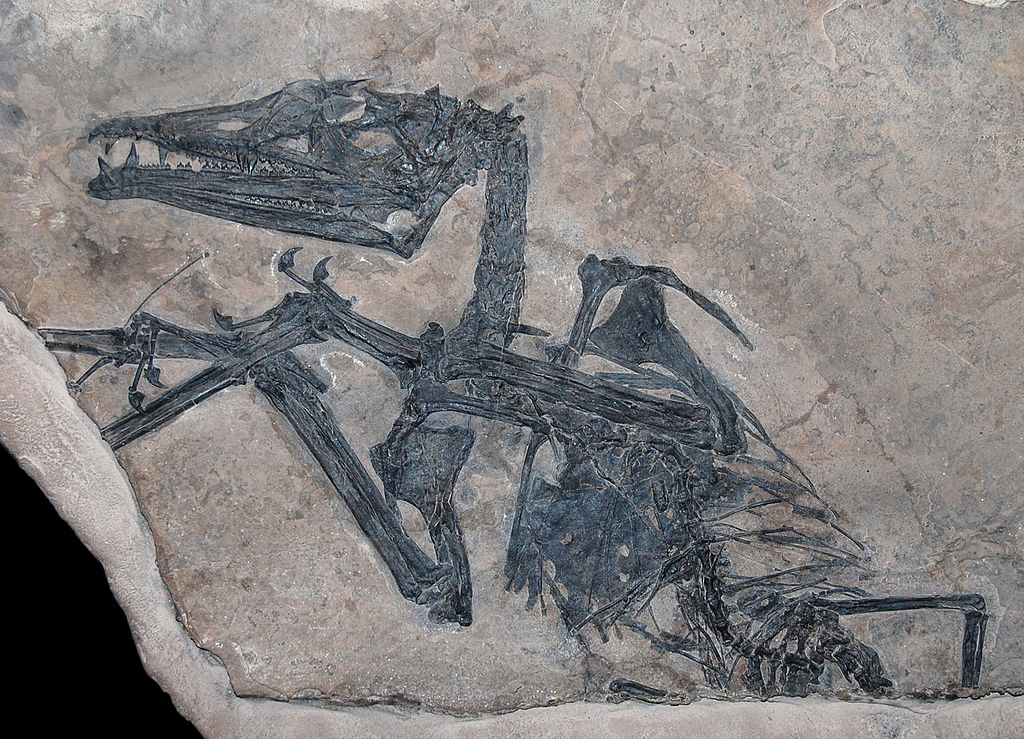
Despite its invalidation, the fabricated fossil name has secured an unexpected place in scientific history. It serves as a cautionary tale taught to paleontology students, illustrating the importance of rigorous verification and ethical scientific practice. Museum exhibits sometimes include it as an example of scientific controversy and correction, educating the public about how science works. The case has inspired procedural changes in how new species are documented and verified, strengthening the field’s practices. Ironically, the fabricated name may be more widely discussed today than many legitimate taxonomic designations, having gained notoriety through its exposure as fiction. This paradoxical legacy demonstrates how science transforms even its mistakes into opportunities for learning and improvement, converting deception into a tool for advancing integrity in research.
Conclusion: Truth in Science Prevails

The case of the fossil with a made-up name ultimately reinforces the strength of the scientific method rather than undermining it. Though the deception temporarily infiltrated the scientific record, the system’s inherent commitment to verification and correction eventually exposed the truth. This story reminds us that science is a human endeavor, subject to human failings but also capable of transcending them through collective vigilance and dedication to accuracy. As paleontology and other disciplines continue to evolve, cases like this serve as important reminders of the need for both skepticism and rigor in the pursuit of knowledge. In the end, while the fabricated name created temporary confusion, the process of uncovering and correcting it has contributed more to scientific progress than the original deception detracted from it, demonstrating that in science, truth eventually prevails.

